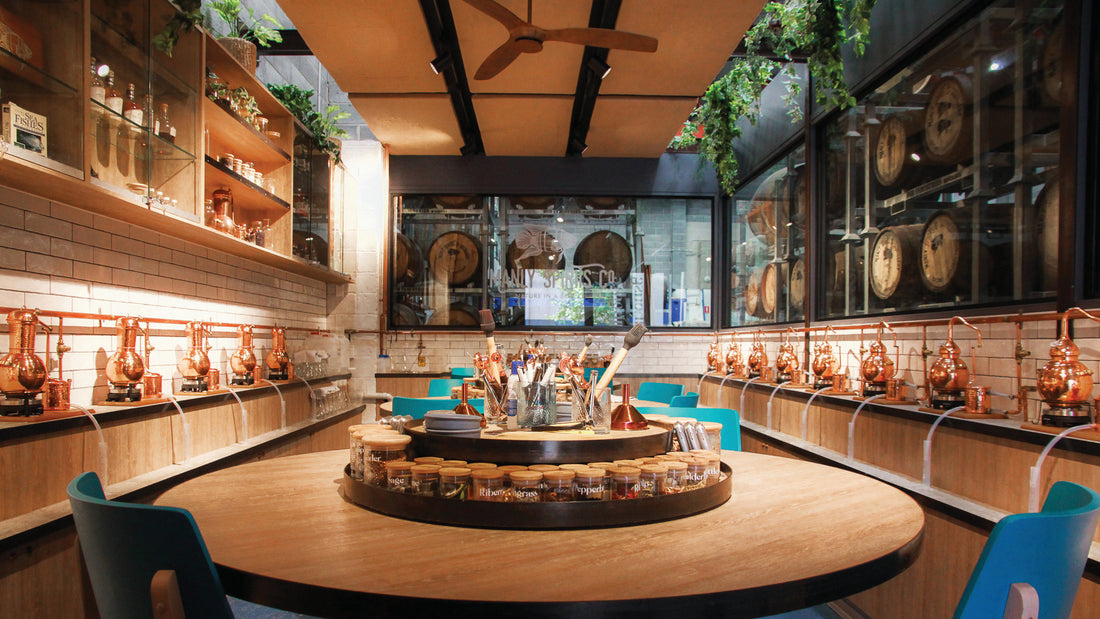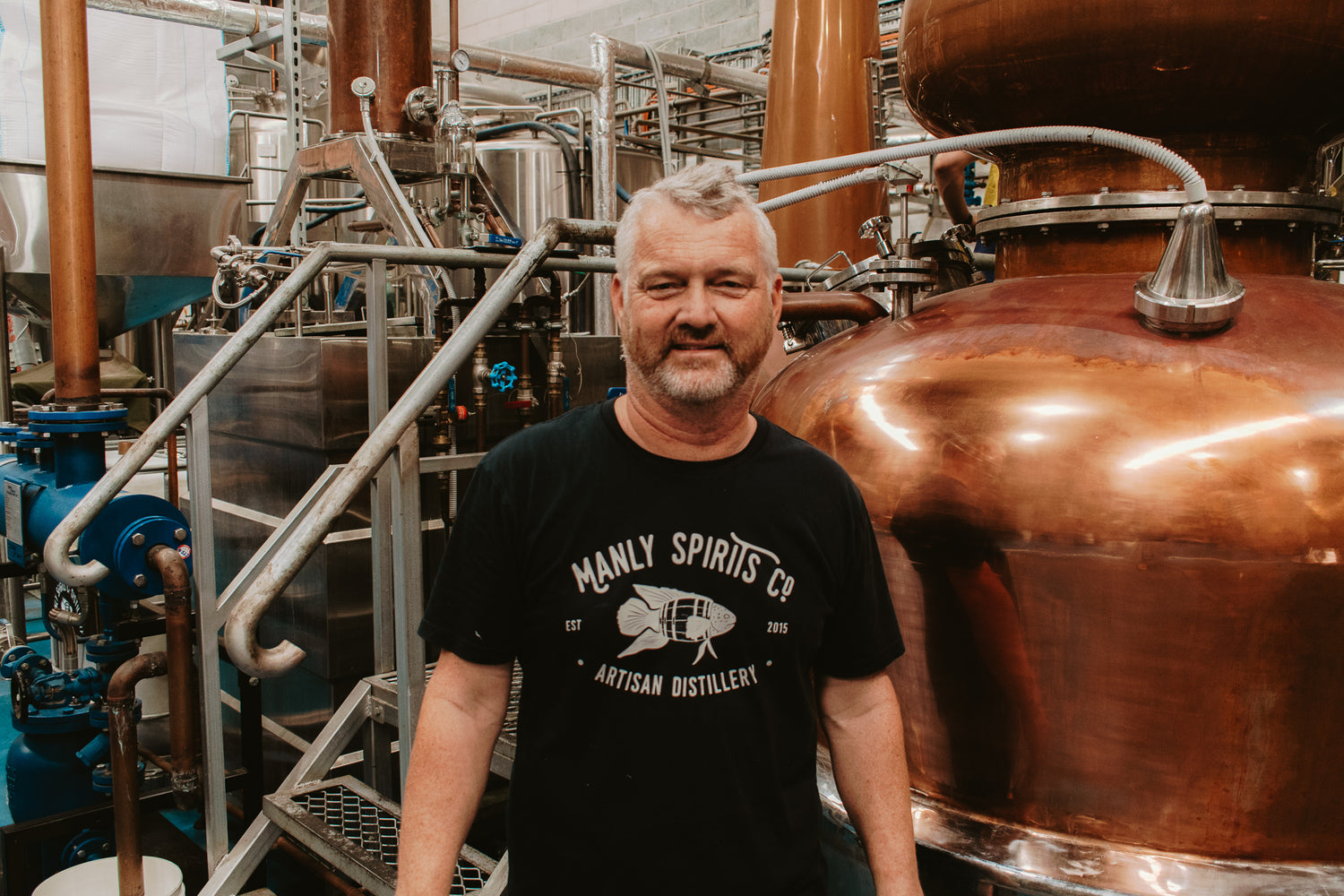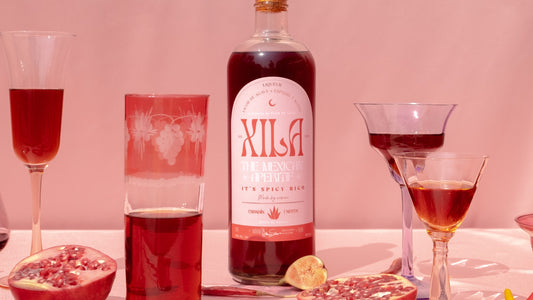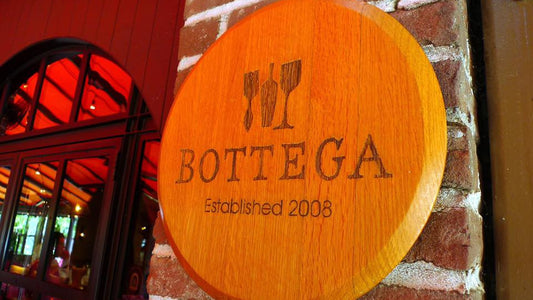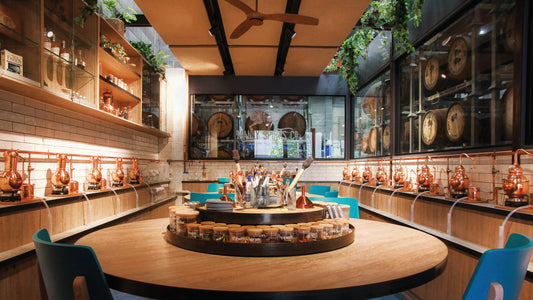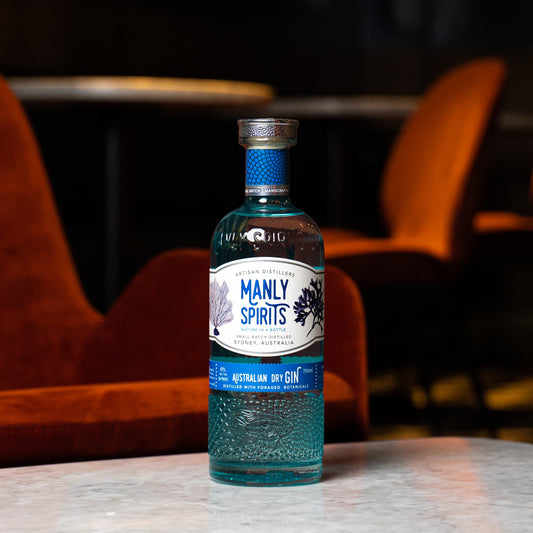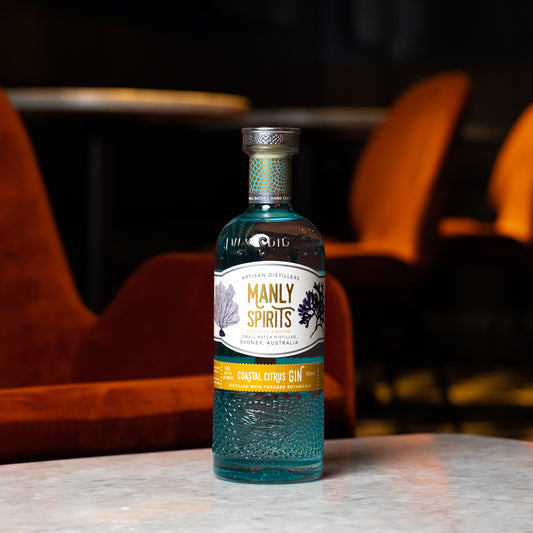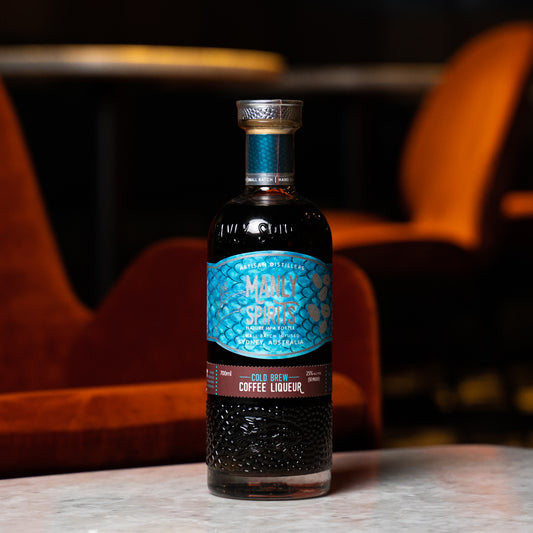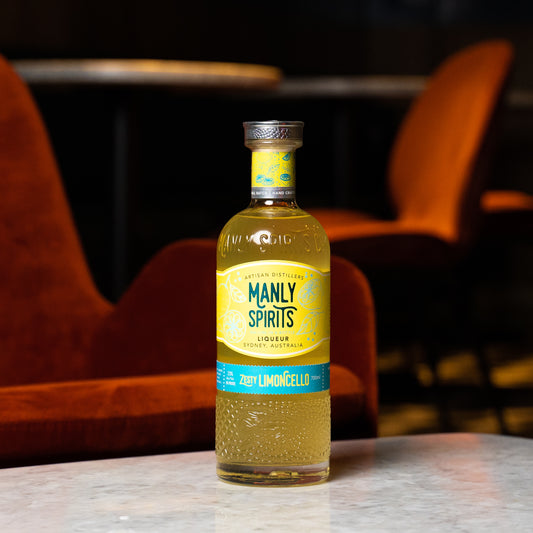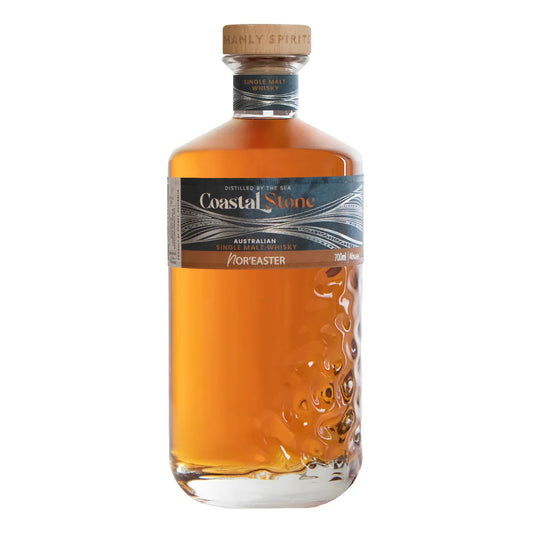by Vanessa Wilton, Co-founder and Creative Director at Manly Spirits
Manly Spirits Gins are built on our love of Australian Native botanicals and their unique, interesting flavours which make bold, flavour-forward gins. Over the years, we have enjoyed sharing our knowledge of distillation and botanicals to our customers through distillery tours and gin festivals, but we thought it would be super cool to share a more hands-on experience.
Our gin school, aptly named ‘The Stillhouse,’ has 16 miniature stills, along with over 50 botanical jars to choose from. The walls are made up of our maturing whisky casks – it really is a collaborative but fascinating and immersive space. At the gin school, we educate our customers on what goes into their gin, basic distillation skills, the history of gin and gin cocktails, flavours, and especially uniquely Australian botanicals that they may not have thought to use before in cooking and making a gin. Our gin school class always includes some delicious cocktails and nibbles whipped up by our bar team – we couldn’t have you going thirsty or hungry!
Gin school is like ‘speed dating’ for developing and making a gin – it’s all the processes we use to make a commercial gin but on a micro scale at warp speed. First you need to decide what style of gin you wish to create. Generally, you will use a combination of styles from the following categories: herbal, fruity, citrus, floral, earthy-nutty, spicy, or sweet. For example, our Coastal Citrus gin is a citrus-herbal gin, our Lilly Pilly Pink Gin is a fruity-floral gin. You start with a foundation which always includes juniper berries which are piney in flavour (as this is a legal requirement to be called a gin). From here, you would choose your botanicals from your categories.
We have over 50 jars of different dried botanicals for you to choose from in our botanical library, split into the following categories: Australian native and foraged marine, citrus, herbal, floral and spice botanicals. Any type of citrus is always a big hit, especially the Australian natives like ginger lime, rainforest lime and sunrise lime. The fruity botanicals like mango, blood orange, and ribery are crowd favourites. Cassia and wattle seed are popular as well. We even have botanicals that you don’t see in our flagship gin line up: wormwood, ginseng, peppermint gum, bush tomato, goji berries, smoked salt and smoked pepper, caraway seed, sage, apple, lemon grass, raspberry leaf, lemon verbena, chamomile, rose, cashews, salt bush, quandong, warrigal greens, fennel seed and lavender.
Our expert distillers will guide you throughout the process, giving advice on choosing a hero botanical and supporting botanicals. The art in gin making is knowing how botanicals mix – very much like cooking – and what amount to use so that you don’t end up with a gin tasting like perfume.
After recipe choice and measuring of botanicals, it’s all about distilling. At our gin school, everyone is allocated a miniature 2 litre copper pot still to distill their bespoke gin. We use the maceration technique – all the botanicals are placed in the pots of the still with the neutral spirit. As the heat rises your liquid will turn to vapour, capturing the oils and then forming back into a liquid distillate. The art is knowing when to do your heads and heart cuts from your flowing distillate. Generally, you will discard your heads (the first flowing distillate) due to unwanted flavours. Once you have your very strong gin, you will need to cut it back with purified water to a suitable alcohol strength and flavour.
Finally, you get to think of a clever name, label your bottle and enjoy your own G&T, hopefully tasting amazing.
One of my favourite gins to come out of the gin school is ‘blood lime with native basil’ – it was pretty special. They got the balance right: slightly herbaceous with a solid citrus backbone. It made a smashing martini. One time, a customer brought in 5 different chile varieties to distill. The result was a gin without the heat of chillies but just the big flavours – it was quite delicious. Another time, a bunch of brewers came in and used hops, which made a very interesting and super earthy, dry style gin.
Our gin school has customers not just from Sydney and Australia but from around the world. Being located in Sydney, the biggest city in Australia, we have a lot of gin enthusiasts visiting from UK, Brazil, Japan, and USA on holiday who want to know how our gins are made and what makes them different. Gin school is a 2-hour class – it’s the perfect immersion experience, and it’s something you can’t do at home. Everyone always leaves with a big smile on their face, not to mention their very own bottle of gin to share with friends and family of something they crafted themselves. Our locals love coming to gin school as you never quite know what you are going to leave with…. a fabulous gin and new friends.

